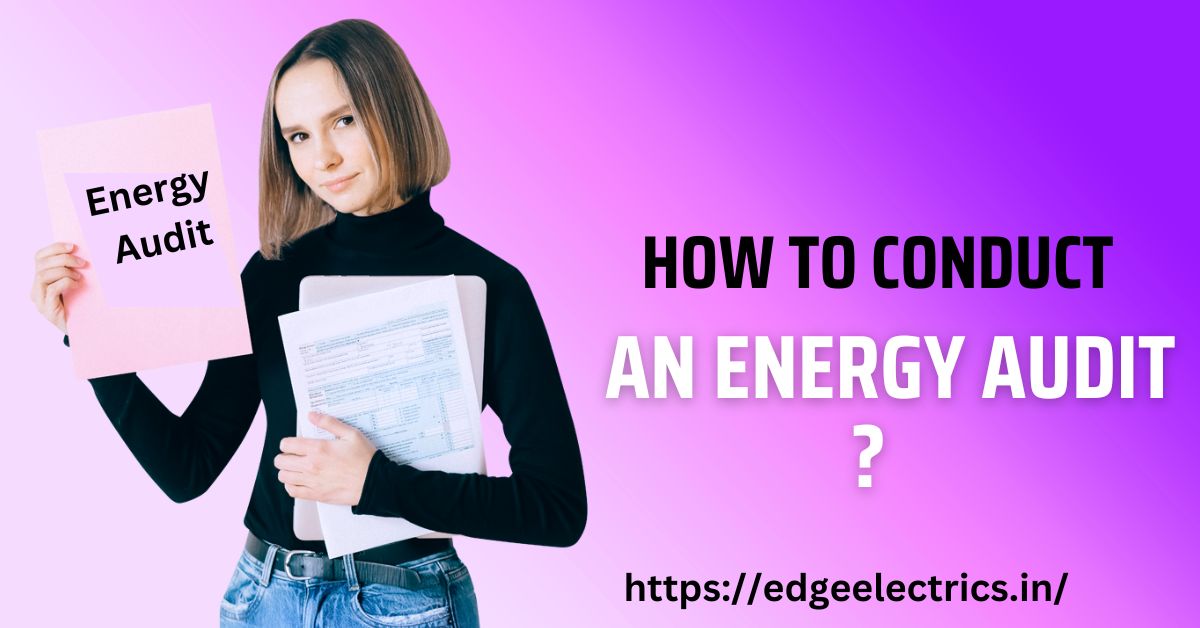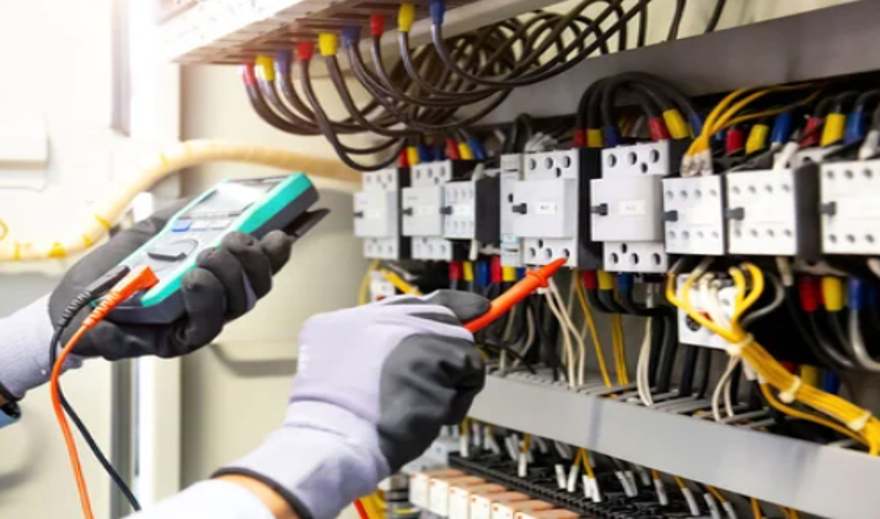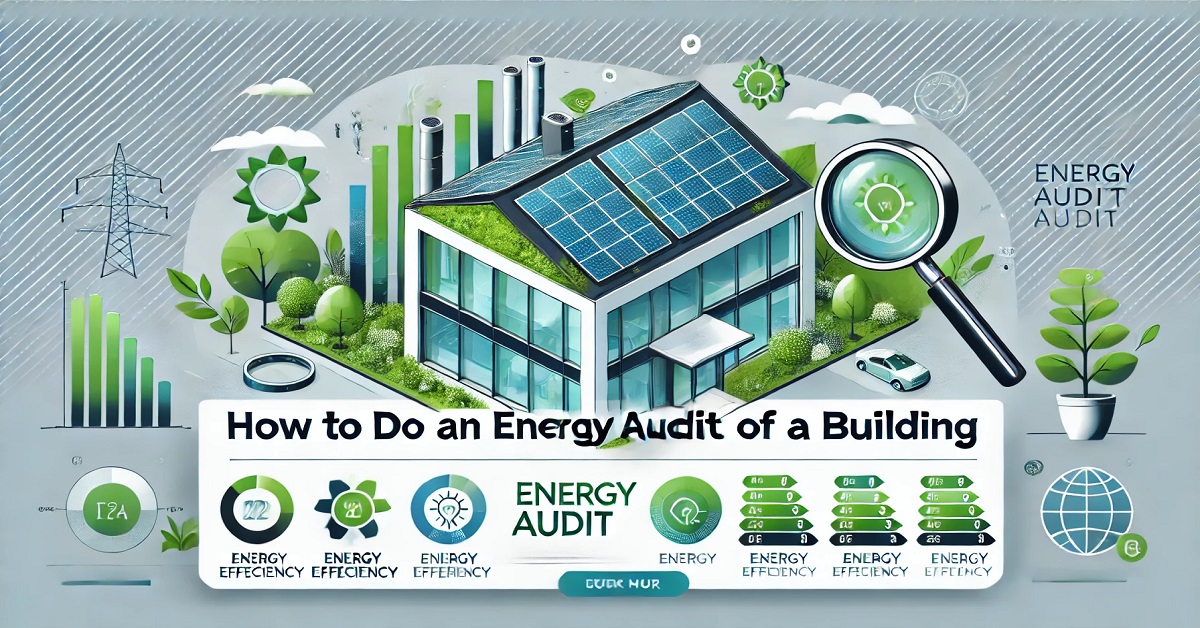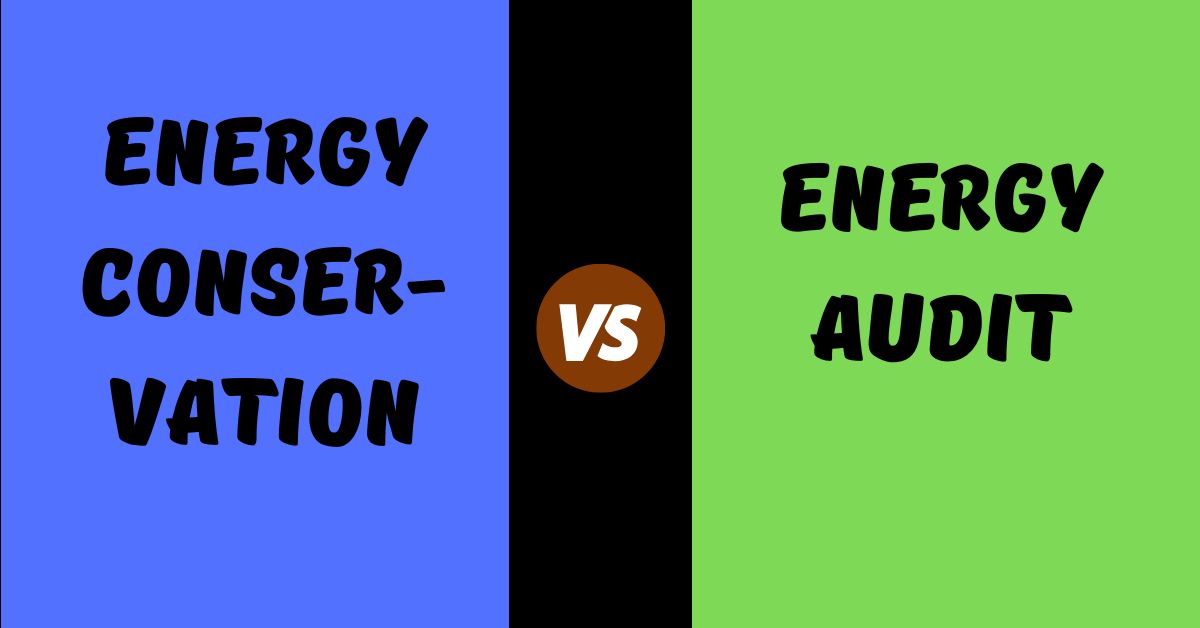
An energy audit is a structured methodology that analyzes the energy use of a building to identify inefficiencies and opportunities for improvement. Energy audits assist businesses and homeowners in ways such as minimizing energy costs, improving system performance, and reducing carbon footprints. This guide provides a step-by-step methodology for how to conduct an energy audit of a building.
Step 1: Define Objectives and Scope
Define the purpose of the energy audit before starting the process. The goal could be one or more of the following: energy cost reduction, efficiency improvement, regulatory compliance, or sustainability enhancement. Additionally, determine the scope—whether it will be a preliminary audit (walk-through) or a detailed audit that involves in-depth analysis.
Step 2: Collect and Analyze Energy Data
Gathering historical energy data provides a starting point for understanding consumption patterns. Collect utility bills for at least the past 12 months and graph energy trends. Identify peak demand periods, seasonal fluctuations, and potential anomalies. This will be the beginning of the baseline of energy use.
Step 3: Conduct a Walk-Through Inspection
Physical inspection helps the auditor to note any obvious inefficiencies in the use of energy. The areas to be inspected include:
Building Envelope: Checks for insulation, air leaks, and other wall, window, and door inefficiencies. HVAC Systems: Diagnoses heating, ventilation, and air conditioning systems-maintenance issues, filter conditions, and relative efficiencies. Lighting Systems: Analyze lighting types, controls, and occupancy patterns to determine LED upgrades or smart controls opportunities. Appliances and Equipment: Review energy-intensive equipment like computers, refrigerators, water heaters, and industrial machinery.
Water Heating Systems: Check for energy-efficient water heaters, temperature settings, and insulation.
Step 4: Use Energy Audit Tools and Equipment
To conduct a detailed audit, specific tools that can measure the energy efficiency are necessary. Examples of such commonly used tools are as follows:
Infrared Thermometers: Find temperature differences and gaps in insulation.
Blower Doors: Reveal air leakage in the building envelope.
Power Meters: The power usage of individual appliances can be measured.
Data Loggers: Track energy usage over time to find trends and inefficiencies.
Thermal Imaging Cameras: These detect heat loss, insulation deficiencies, and overheating of electrical systems within a building.
Combustion Analyzers: These test combustion efficiency in systems such as boilers and furnaces.
Step 5: Data Analysis and Interpretation
Tabulate the comparisons between measured data and energy consumption benchmarks for comparable buildings. List areas of apparent excessive consumption or potential energy-savings opportunities. Quantify, using software or spreadsheet tools, energy usage patterns and savings in potential opportunities.
Step 6: Identify ECMs
Based on the analysis, recommend ECMs that could lead to better efficiency, including:
Low-Cost Measures: Modification of thermostat settings, sealing of air leaks, optimization of lighting schedules.
Medium-Cost Measures: Replacing inefficient lighting with efficient units, upgrading of HVAC components, insulation addition.
High-Cost Measures: Installation of solar panels, replacement of old equipment with their energy-efficient alternatives, upgrading of windows and doors.
Behavioral Changes: The education of occupants on energy conservation, energy-efficient policy measures.
Automation and Smart Technology: Installation of programmable thermostats, energy management systems, occupancy sensors.
Step 7: Calculate Cost Savings and ROI
Assess the cost-effectiveness of every recommended ECM through estimation of the following:
Initial investment cost
Annual energy savings
Payback period-the time that will be taken to recover the investment
ROI (%) over the life of the upgrade
Employ financial analysis techniques like NPV and IRR to put forward a case for long-term benefits.
Step 8: Energy Audit Report
Summarize findings and recommendations in a structured report. A comprehensive energy audit report should include:
Executive Summary: Key findings, recommendations, and expected benefits.
Energy Consumption Analysis: Utility data, usage trends, and benchmarks.
Site Inspection Observations: Identified inefficiencies and potential improvements.
Recommended ECMs: Proposed measures with cost-benefit analysis.
Implementation Plan: Steps, timeline, and responsible parties for execution.
Measurement and Verification Plan: Outlining how energy savings will be monitored and evaluated post-implementation.
Step 9: Implement Recommendations
Prioritize ECMs by feasibility and budget. Make improvements with contractors and building management. In some cases, upgrades can be completed in phases due to high upfront costs. Incentives, rebates, and financing packages exist to help make the energy-efficiency investment more feasible.
Step 10: Monitor and Maintain Energy Efficiency
Energy efficiency is a process. Define monitoring with smart meters and energy management systems. Schedule periodic re-audits to track progress and identify further savings opportunities.
Regular maintenance, training of personnel, and continuous optimization of systems will ensure that energy efficiency is sustained. Implement a continuous improvement strategy by setting energy performance goals and periodically reviewing energy usage data.
Conclusion
Energy audits help buildings achieve optimum energy efficiency, reduce costs, and support sustainability. These steps provide businesses and homeowners with a structured way to assess and improve energy performance, adding value to a greener future. Energy audits enhance cost savings, support environmental conservation, and promote regulatory compliance. An effective energy management plan based on the findings of audits will ensure a long-term positive impact and protect against energy price volatility. Here we discus about how to conduct an energy audit of a building.
continue reading
Related Posts
Energy management plays an integrated role in sustainable energy and […]
An energy audit is a systematic process of assessing how […]



